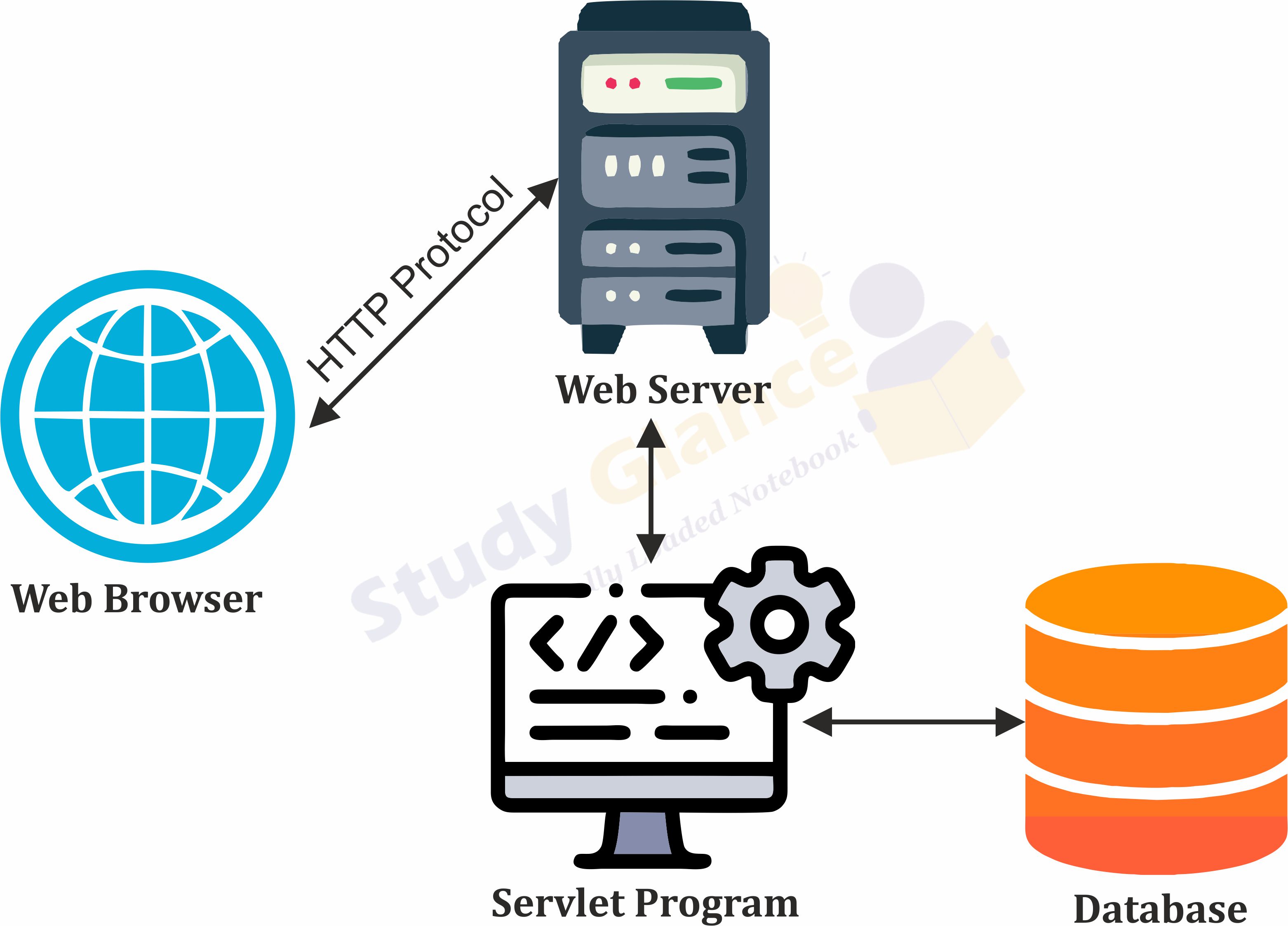Introduction to Servlet
Servlets are protocol and platform independent server-side software components, written in Java. They run inside a Java enabled server or application server, such as the WebSphere Application Server. Servlets are loaded and executed within the Java Virtual Machine (JVM) of the Web server or application server, in much the same way that applets are loaded and executed within the JVM of the Web client. Since servlets run inside the servers, however, they do not need a graphical user interface (GUI). In this sense, servlets are also faceless objects.
The Power of Servlets
What makes servlets a viable choice for web development? We believe that servlets offer a number of advantages over other approaches, including: portability, power, efficiency, endurance, safety, elegance, integration, extensibility, and flexibility.
What is Servlet
Servlets are small programs that execute on the server side of a Web connection and dynamically extend the functionality of a Web server just as applets.
- Servlet is a technology which is used to create a web application.
- Servlet is an API that provides many interfaces and classes including documentation.
- Servlet is an interface that must be implemented for creating any Servlet.
- Servlet is a class that extends the capabilities of the servers and responds to the incoming requests. It can respond to any requests.
- Servlet is a web component that is deployed on the server to create a dynamic web page.
Servlet Architecture
The architecture, is the communication interface, protocol used, requirements of client and server, the programming with the languages and software involved. Basically, it performs the below-mentioned tasks.
- The clients send the request to the webserver.
- The web server receives the request.
- The web server passes the request to the corresponding servlet.
- The servlet processes the request and generates the response in the form of output.
- The servlet sends the response back to the webserver.
- The web server sends the response back to the client and the client browser displays it on the screen.

Servlets more closely resemble Common Gateway Interface (CGI) scripts or programs than applets in terms of functionality. As in CGI programs, servlets can respond to user events from an HTML request, and then dynamically construct an HTML response that is sent back to the client.
Next Topic :CGI